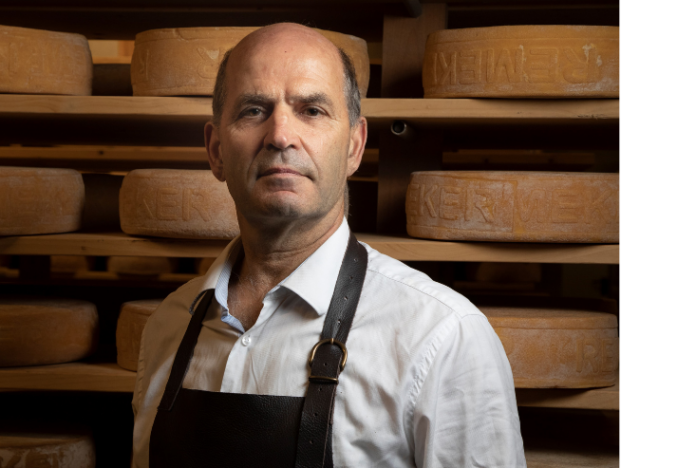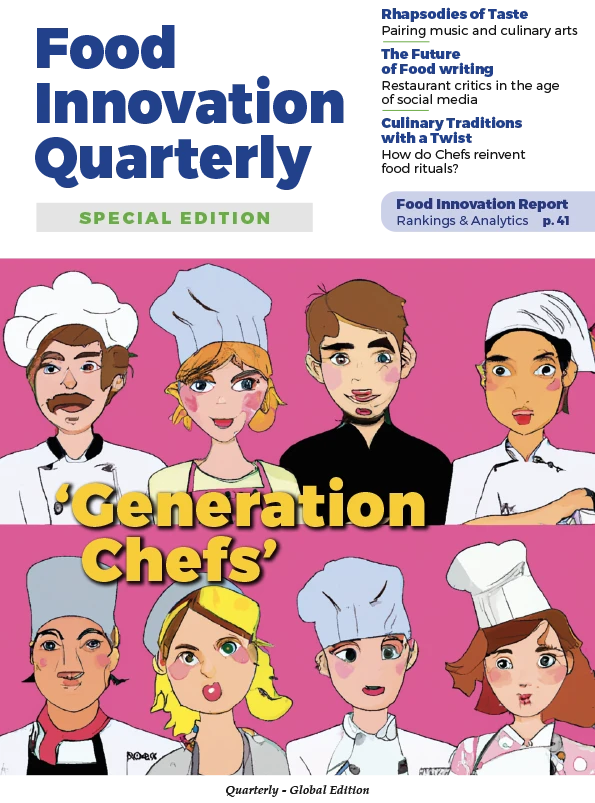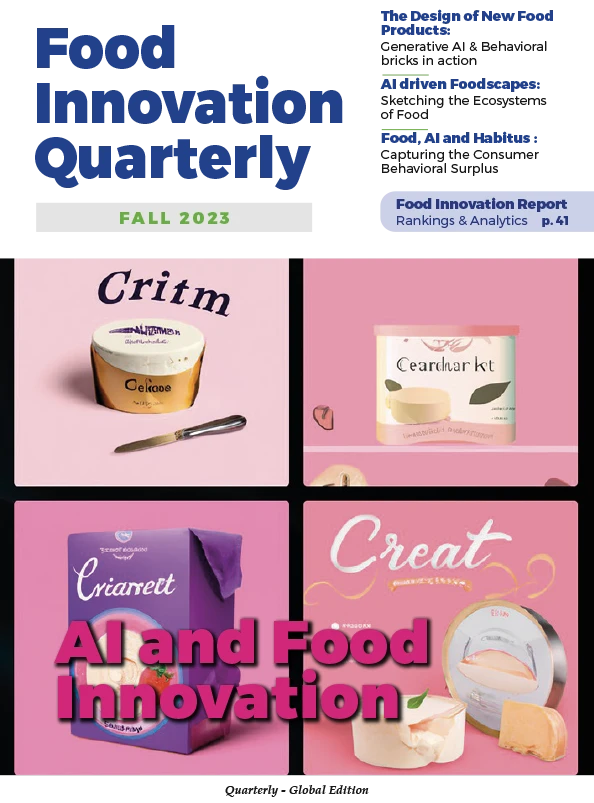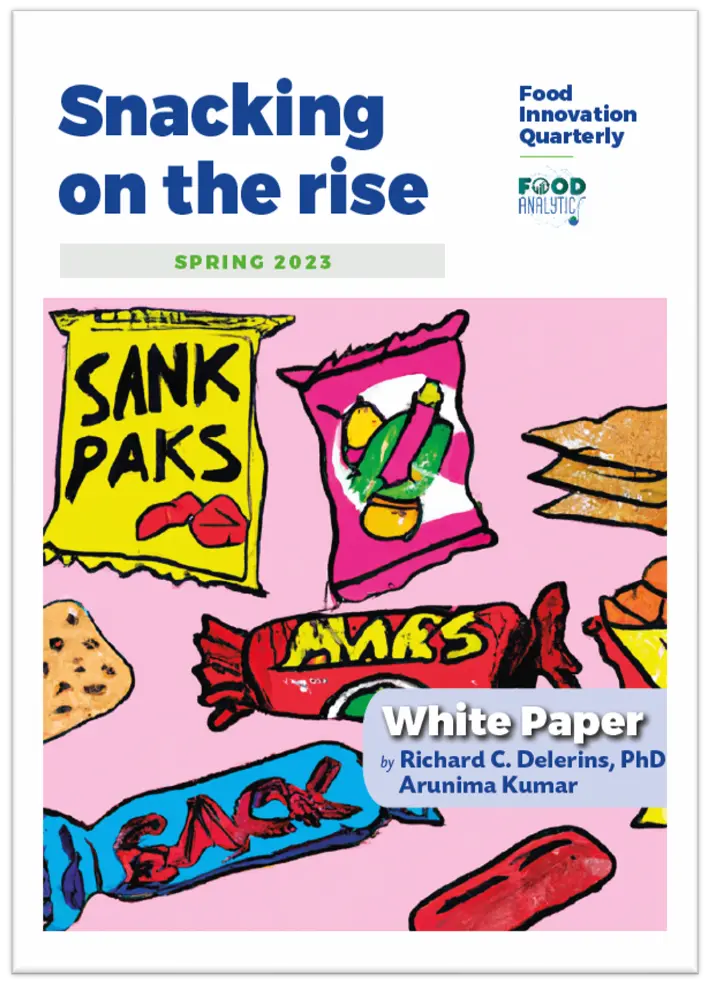The rich milk from Jersey cows had long been destined for one thing in the dairy industry: butter. But in the 1980s, standing in my farm in Lunteren, I saw something different. What if I used that same high-fat milk to make cheese instead. That simple idea has marked a turning point, redefining not just the farm’s identity, but also our pioneering role in the Netherland’s artisanal cheese movement.
When I started making cheese, I was fortunate to meet someone who was well versed in the common Gouda way of making cheese in traditional cheese factories. For him, it was a great challenge to make cheese from Jersey milk and deviate from the recipe he knew. Our collaboration, in which I was the challenger, was the first step toward «Remeker» cheese.
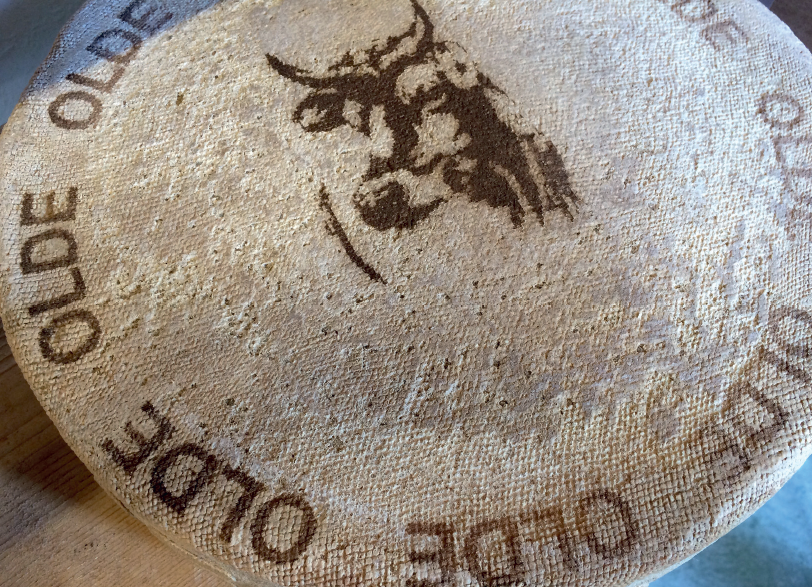
The development of our cheese has never stopped, and that is due to the developments on our farm. Processing the milk from our own cows has been crucial in this. I started to discover that it actually starts with how you feed the cows, and that it is all connected to the soil. When it comes to good special cheese, you first have to talk about the pastures – pastures rich in a diversity of grass and herbs that belong to the soil, thrive there, and reflect what lies beneath.
The horned dairy cows belong to these meadows and can also best graze these meadows themselves. This grass is what’s best for the cows, and if the animals are well bred with a fully developed rumen, they can produce enough milk from pure pasture grass. In this case, the contents of the rumen have the microbiome of the soil. Through the udder and the outside of the teat, microorganisms also travel with them from the land. The milk these cows give is rich in raw materials from nature.
From this milk, you can make fantastic cheese, but you have to leave the essence intact. Do not heat the milk, because then you kill the enzymes that are in the milk and all the microflora from the land that have entered the milk during milking. So in raw milk cheese, the enzymes cause the cheese to ferment naturally.
The traditional method of cheesemaking entails that the curd is not heated. In other words, instead of heating the curd, the sugars are washed out with lots of water. This is the only thing that connects our cheese to the Gouda recipe. We cut the curd very finely, as you see with mountain cheeses. We wash the curds only once and pre-press the curds already in the cheese vat, where the whey drains. The cheeses are also lightly pressed in the vat for only a few hours before going into brine the very same afternoon.
A natural rind changes the cheese completely. About 10 years ago, we took this step, from controlled ripening of cheese by coating the cheese with wood glue, to a natural rind. We smear our cheeses with Ghee, a butter oil based on Ayurveda tradition. We have found that this only works if you make the Ghee from your own butter.
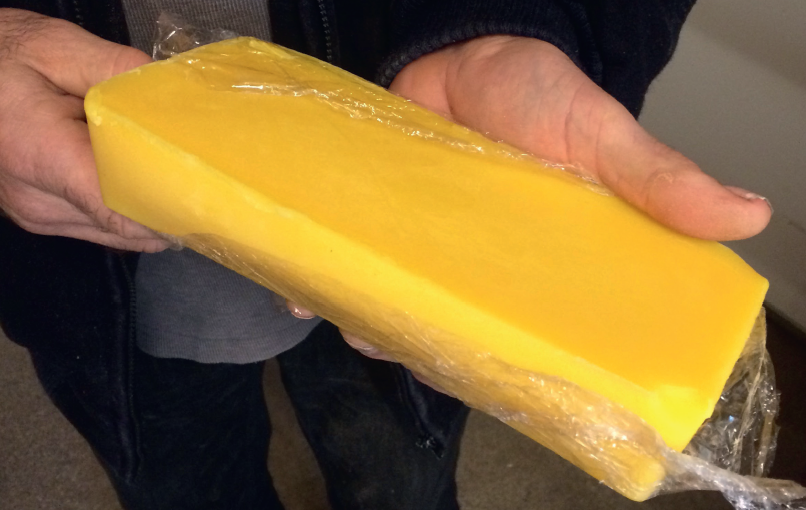
What then takes place is the interplay of bacteria, yeasts and fungi – the microflora. On our farm, it is the dominant microflora that has been able to develop, which happens because we stopped using non-natural agents such as antibiotics, worming agents, fungicides, and pesticides. Yet these agents often still find their way into the system through kibble or straw, so it is important to work toward a closed cycle. We supplement deficiencies with stone meal and seaweed lime.
In the spring, when we make the best cheeses because the grass outside is at its best quality, it goes like this: Our cows (all horned) are taken in from the pasture early in the morning to be milked by a machine in just over an hour. When we finish milking, the cows go out to graze on a new plot where they stay until late afternoon, then we pick them in to be milked again. After the evening milking, the cows are grazing in another new pasture. They are not fed; they are bred to cope.
If it is hot during the day, they seek the shade of trees that surround the pastures. The horns cool the cows’ blood, so cows can thus function just fine in temperatures of 30 degrees Celsius. In the countryside, the natural cycle works beautifully. The pasture produces sugars from sunlight and CO2, some of it which is used by the pasture itself, but most of which is released back to the soil.
Mycorrhiza plays a leading role in this process. These fungi need sugars, and in return, they provided minerals, which they extract from the soil, to the grass, clovers, and herbs. The soil is fed again by the urine and manure of the cows, which are partially broken down by dung beetles, worms, and other critters.
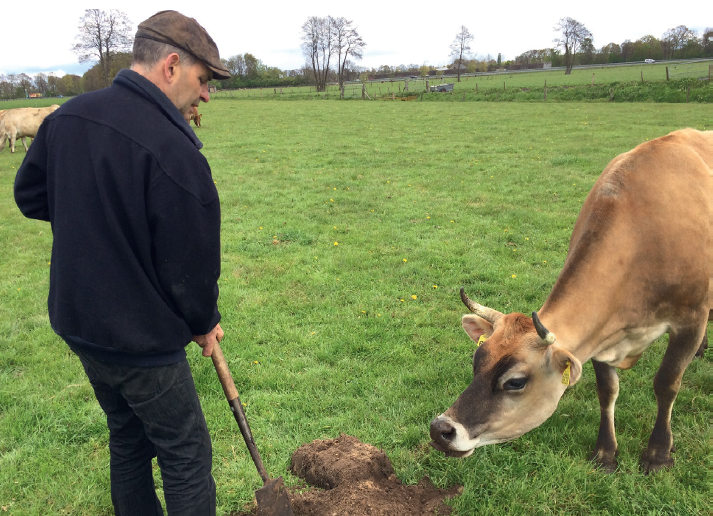
Cows carry this microflora with them through the udder and teats. When the cows are milked, this microflora naturally ends up in the milk. The milk itself contains the best fatty acids available when the cows are 100% grass-fed. The omega 6:3 ratio on our farm is 1:1, with the right omega 3 and omega 6 fatty acids as well.
The horns of the animals not only regulate the temperature, but also regulate part of the metabolism. The right and beneficial fatty acids are more in horned cow’s milk than when the animals are dehorned. All of this determines the taste of the milk and therefore the taste and consistency of the cheese. You don’t need lactic acid starter cultures for that! And as a cheese maker, you can brine these cheeses for a shorter period of time, because the cheeses have so much flavor and the right consistency on their own.
That game of micro-organisms in the land, where the yeasts work together with the fungi to create the right acidity, for example, continues during the affinage of the cheese. The climate in the ripening room plays an important role. If the cheese ripens in a ripening room at almost 100% humidity, it will taste different after a month than in a ripening room at 85%. The same applies to the temperature of the ripening room. We mature our cheeses at 90% humidity and a temperature of 16 degrees Celsius.
In this climate, microorganisms develop well. With us it goes like this: when the cheeses come out of the brine, they’re moved to the ripening room and placed on clean wooden shelves. In three weeks, we smear three layers of Ghee on the cheese, which we produce ourselves from the fat that remains in the whey. As soon as we stop applying Ghee on the cheese, the first fungi start growing on it. The acidity is then well taken care of by the yeasts, while the fungi form enzymes.
Wageningen University Research center conducted research on the aromatic substance levels of our milk which was about ten times higher than in the milk from their own farm. They did the same comparison with the original wood glue rind (coated) cheese and the current natural rind cheese. The latter had about 40% more aromatic substances.
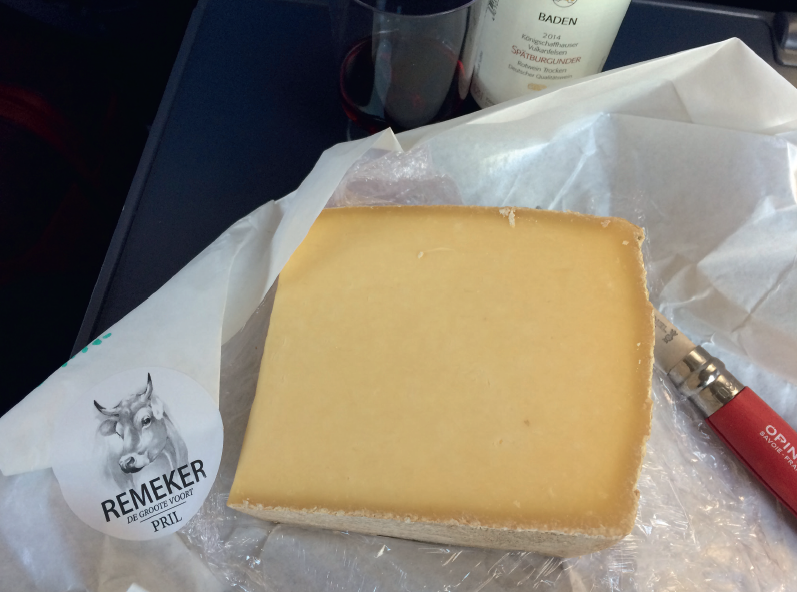
In our case, you can really say that terroir matters. Therefore, it’s also not imitable, and that’s nice because you are truly unique with the taste of your cheese. The taste is determined by the breed of cows, in our case the Jersey cow, which we have bred ourselves with our own bulls so that they can thrive on 100% grass.
Grass that grows on fertile soil that is not plowed, where there are lots of worms and where the mycorrhiza has formed a mature network that we now call the internet of the soil. So, the microflora of the soil becomes microflora of the grasses, clovers and herbs. Because the cows eat only that, it is also the microflora of the rumen of the cows and therefore also the microflora of their manure. We find this microflora on the teats of the dairy cows as well. How beautifully this all works!
All this is actually so simple and logical that you cannot understand why we have neglected these natural processes. We are extremely happy to have re-discovered them. The latest developments on our farm are about whey, the residual product.
On farms, whey often goes to the pigs. Because we don’t have any pigs, the whey goes to the young stock. A shame really, because why can’t you value whey as food. Together with a beer maker, we have developed and marketed a beer made from 100% whey. So it’s actually whey with malt extracts, yeasts and hops. From whey proteins we want to make ricotta, but that is still in development.
Amazing that actually everything comes from the soil and is fed by the sun. The horned cows play an important role in the conversion to milk. From the milk, we make cheese and whey. We let the cheese ferment in the fat of the whey. From the whey proteins we make ricotta and from what remains we make beer with the help of grain extracts, which we grow ourselves.


